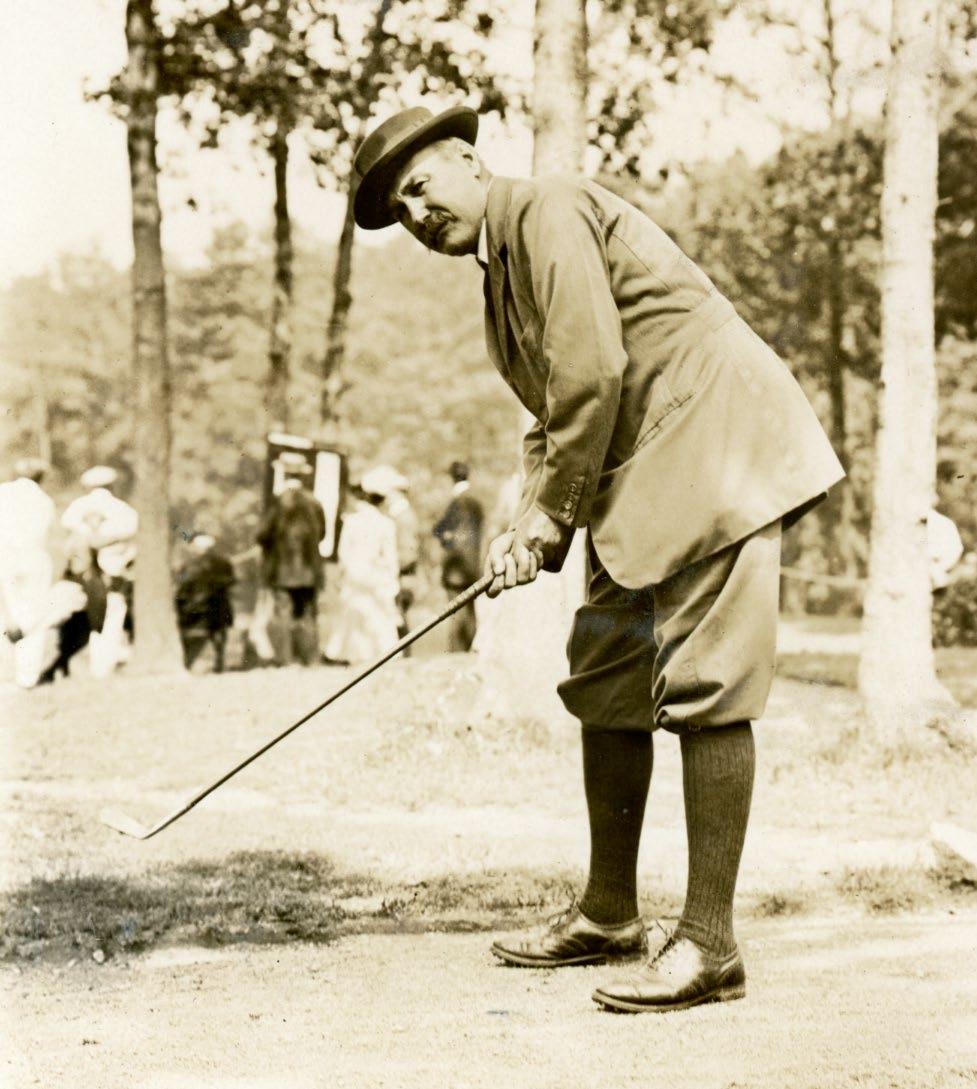
5 minute read
From the Archives
By Robert A. Doto, Apawamis Club Archivist
“Legacy” defines Apawamis’ position in the early development of the game of golf and its growth— in America. As one of the country’s earliest Clubs, Apawamis was one of the venues where golf history in the new world was made.
Now, we have a relatively short course at just 6,700+ yards compared to most modern championship golf courses. But it wasn’t always considered short. During the early part of the 20th Century, our course was described as a “Beast” in the publications of the time. Today, because of our agronomic practices and an effort by numerous Boards to allow the course to play as it was designed, most members still regard it as a beast—not for its length but for the importance of high-quality shots.
When the Apawamis golf course was completed in 1899, Prestwick Golf Club in Scotland, a course of similar length, was and is of historic importance in the evolution of golf in the UK. In many ways, Apawamis is an American version of Prestwick Golf Club, serving as an important location for golf lovers throughout America’s history.
As one of the earliest members of the then-newly established USGA, the Club played a pivotal role in establishing the game of golf in the U.S. The Club hosted the 1903 Metropolitan Championship, four years after the course’s completion. The Club also hosted two National Collegiate Golf Championships.
Apawamis members have had a major impact in the evolution of golf. Genevieve Hecker won two U.S. Women’s Amateur titles. Fred Wheeler was President of the USGA, as was Findlay Douglas. Douglas was also a founder of National Golf Links of America. Sis Choate won 22 Apawamis Ladies’ Club Championships, the U.S. Senior Women’s Amateur in 1963, and was the Captain of the U.S. Curtis Cup Team in 1974. Jean Ashley Crawford won the U.S. Women’s Amateur title in 1965, she represented the United States on three Curtis Cup teams (1962, 1966, and 1968), and she served as the non-playing captain of the Curtis Cup team in 1972. After her playing career ended, she served for several years as a member of the USGA Women’s Committee. John Ellis Knowles won 16 Men’s Club Championships and was an impactful figure in Metropolitan Golf. He donated Harold Hilton’s putter to the Club and was a major influence in the Club’s decision to add a pool to our campus.
In 1905, Apawamis’ Horace Hotchkiss convened a group of elderly players for a friendly round of golf. That group evolved into the United States Seniors’ Golf Association. Now, because of Apawamis, you can find Seniors’ organizations in Canada, the UK, France, Australia, and numerous other countries.
In September of 1911, Apawamis hosted the U.S. Amateur Championship. That competition was won by Harold Hilton, who had won the Amateur Championship at Prestwick Golf Club earlier that year. He won two Open Championships as an amateur. The comparative: Bobby Jones won three.
In addition to Hilton, many notable players competed in the Apawamishosted 1911 event:
Chick Evans, who won two U.S. Amateur Championships and the U.S. Open.
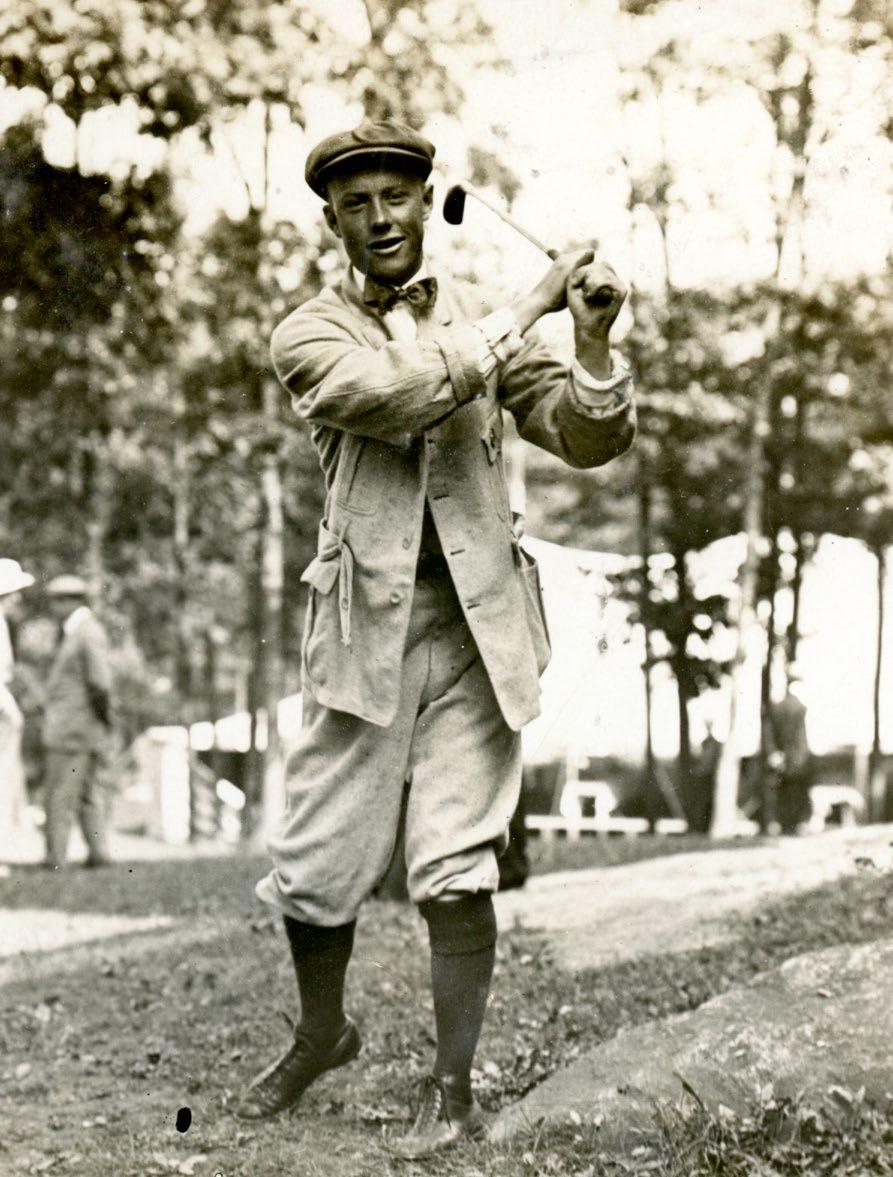
William Fownes, the son of Oakmont Country Club Founder Henry Fownes, who was instrumental in the design of the Oakmont Golf Course. During the 1911 Amateur, Apawamis had mini-church pew bunkers between our third and fourth holes. About a decade later the famous church pew bunkers made their debut at Oakmont.
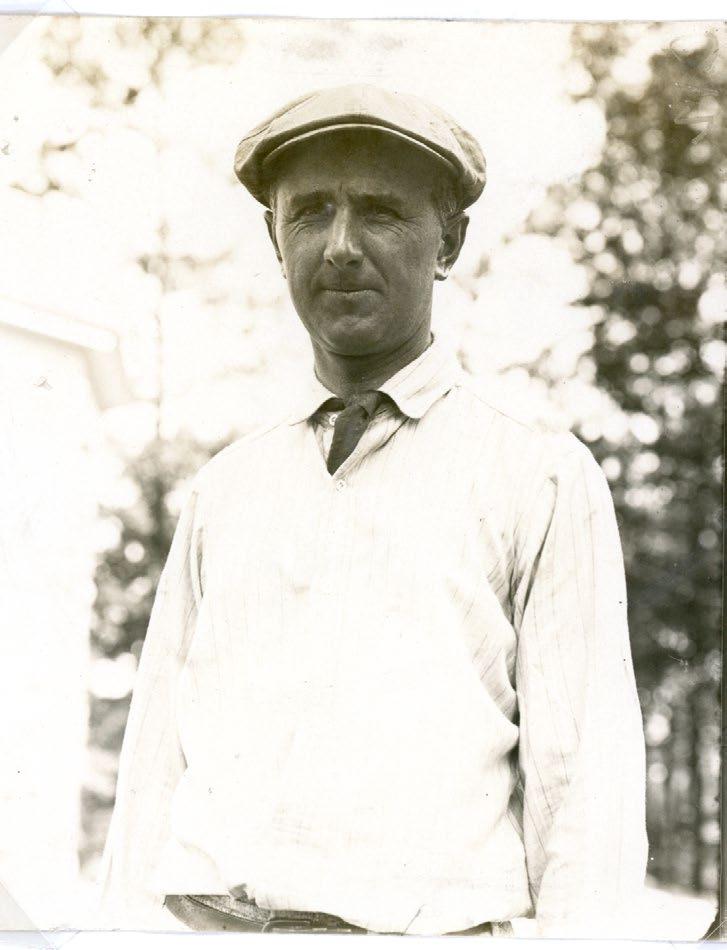
Fred Herreshoff, who was the runner-up in the Amateur after the famous 37 hole event which gave rise to the naming of Hilton’s Rock on Number 1.
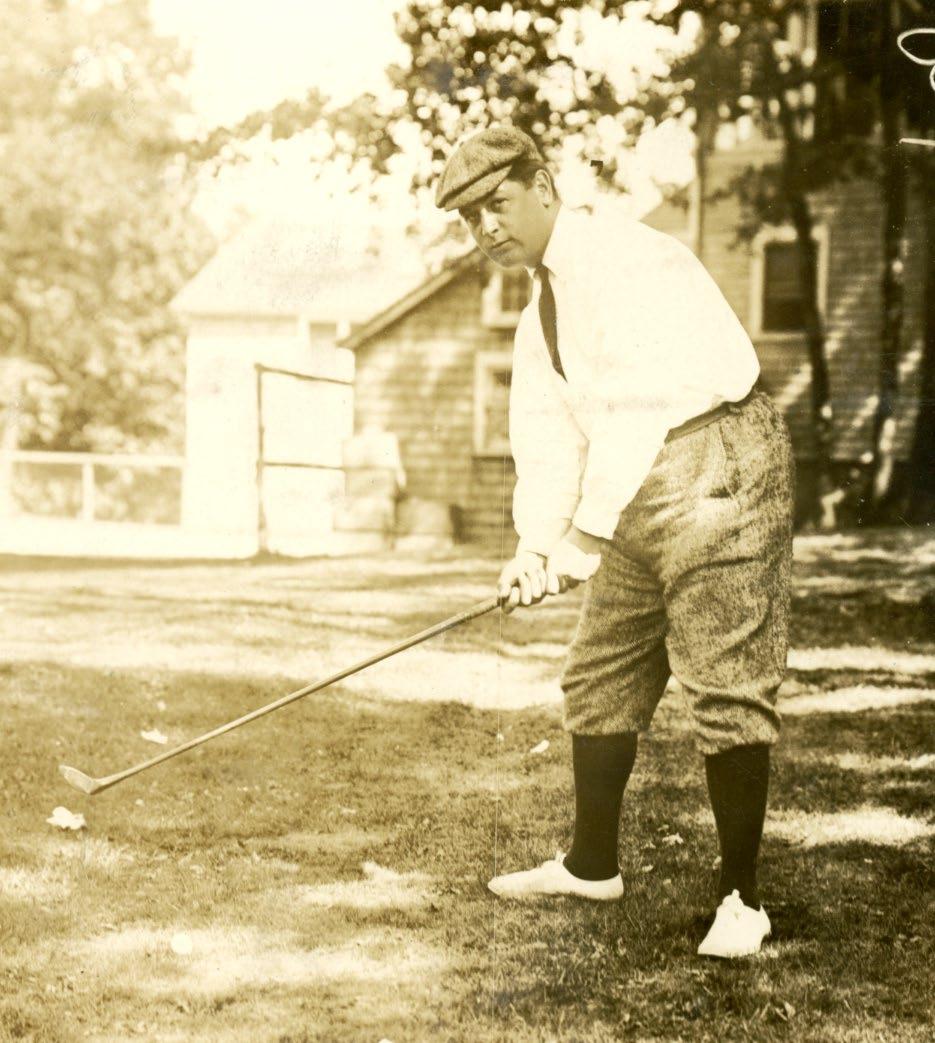
C.B. MacDonald, who was a legendary golf architect who is known as the grandfather of American Golf and whose creations include Chicago Golf Club, National Golf Links of America (where he hired Seth Raynor), and Mid-Ocean Club.

Jerome Travers, who went on to win the 1915 U.S. Open and four U.S. Amateur Championships.
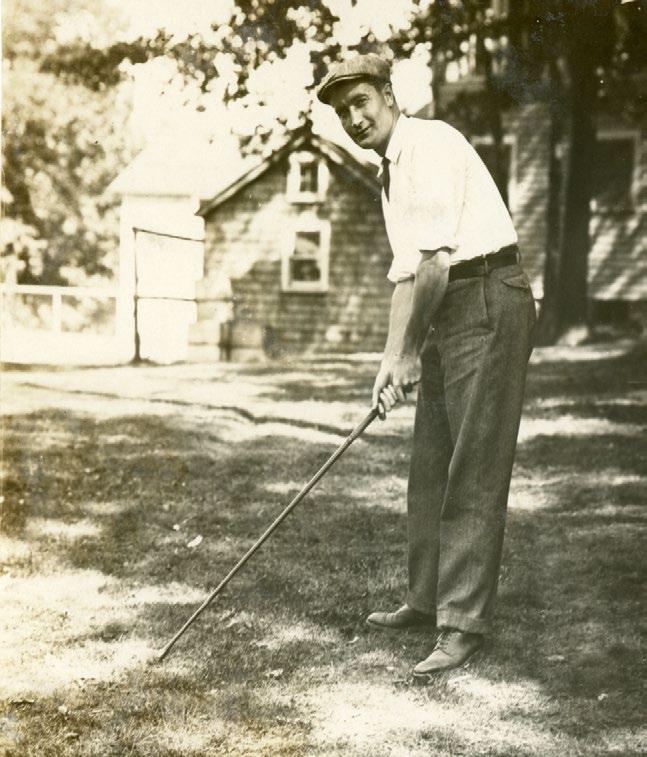
Walter Travis, who won three U.S. Amateur Championships and the Amateur Championship. Additionally, he was a prolific writer and an impactful course architect. His work includes the Round Hill Country Club, Ekwanok Country Club, and Westchester Country Club.
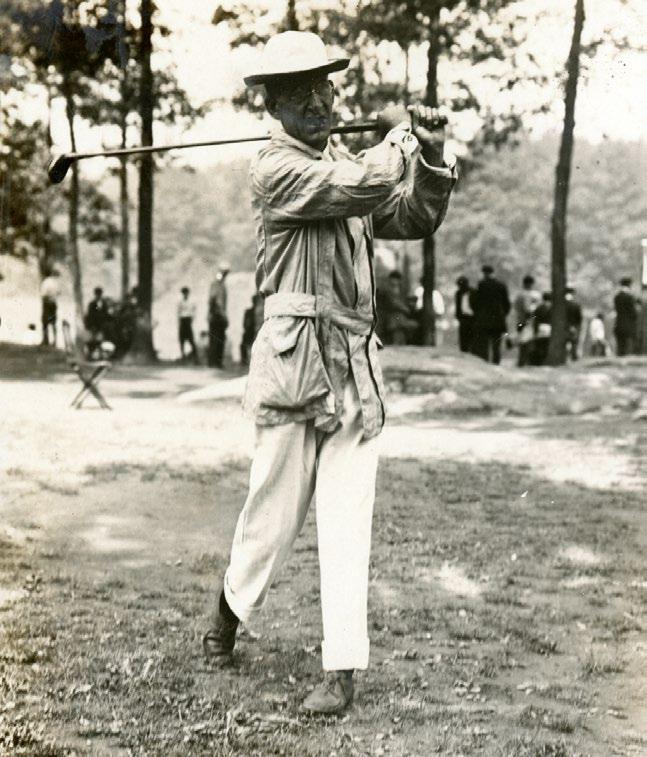
Ben Hogan purportedly said, “The Apawamis Club was the toughest short course he ever played.” And Arnold Palmer referenced Apawamis as one of his favorite Northeast US courses.
In addition, the Club has hosted the Curtis Cup, as well as the U.S. Senior Women’s Amateur, and the U.S. Junior Girls’ Championships.
The Caddie Corps at Apawamis
Our caddie program has produced a number of notable individuals who went on to be among the best in their field.
Frank Presbrey’s caddie, Eugenio Saraceni (aka Gene Sarazen), started his legendary golf career at Apawamis. Nicknamed “The Squire,” Sarazen won seven majors, The Masters, two U.S. Opens, an Open Championship, and three PGA Championships. He was the first golfer to win the career grand slam.
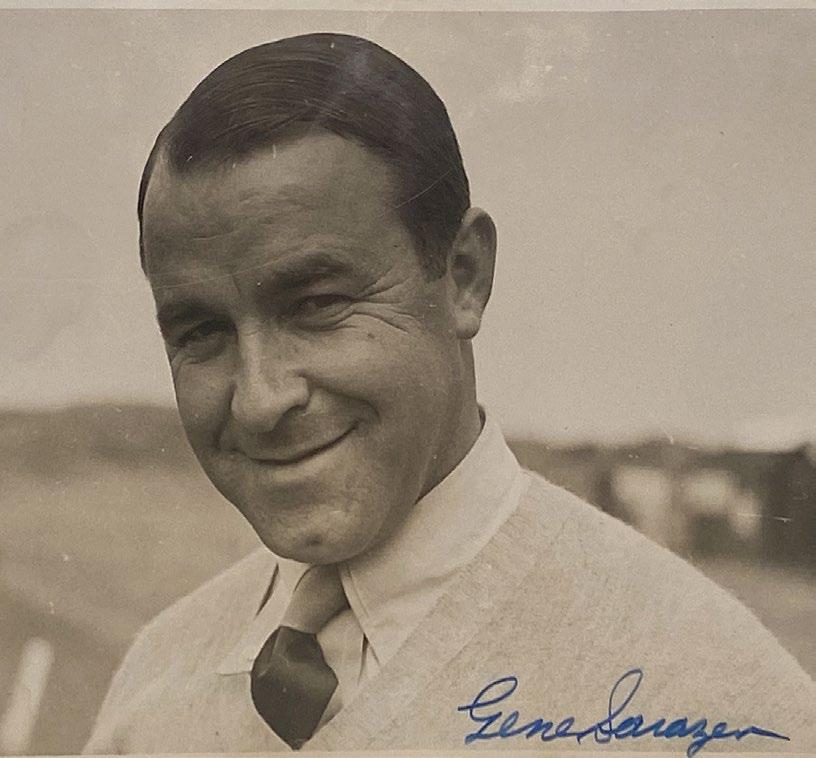
Finally, a number of years before he introduced the Beatles and the Rolling Stones to the States, Ed Sullivan spent his time as a caddie at Apawamis.
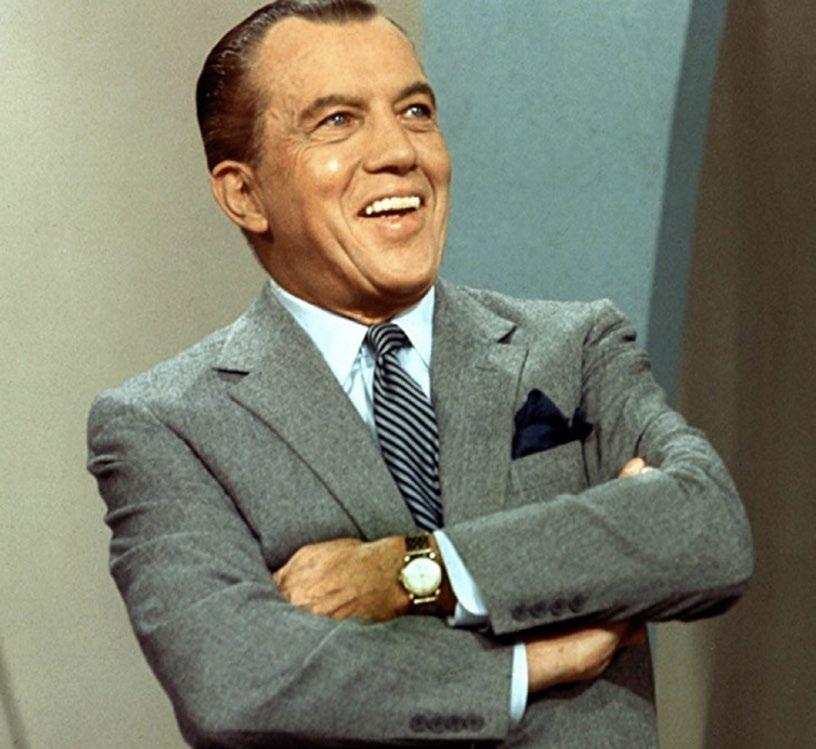
Apawamis has been an integral part of America’s history of golf, and these memories are captured through displays around the Clubhouse.


